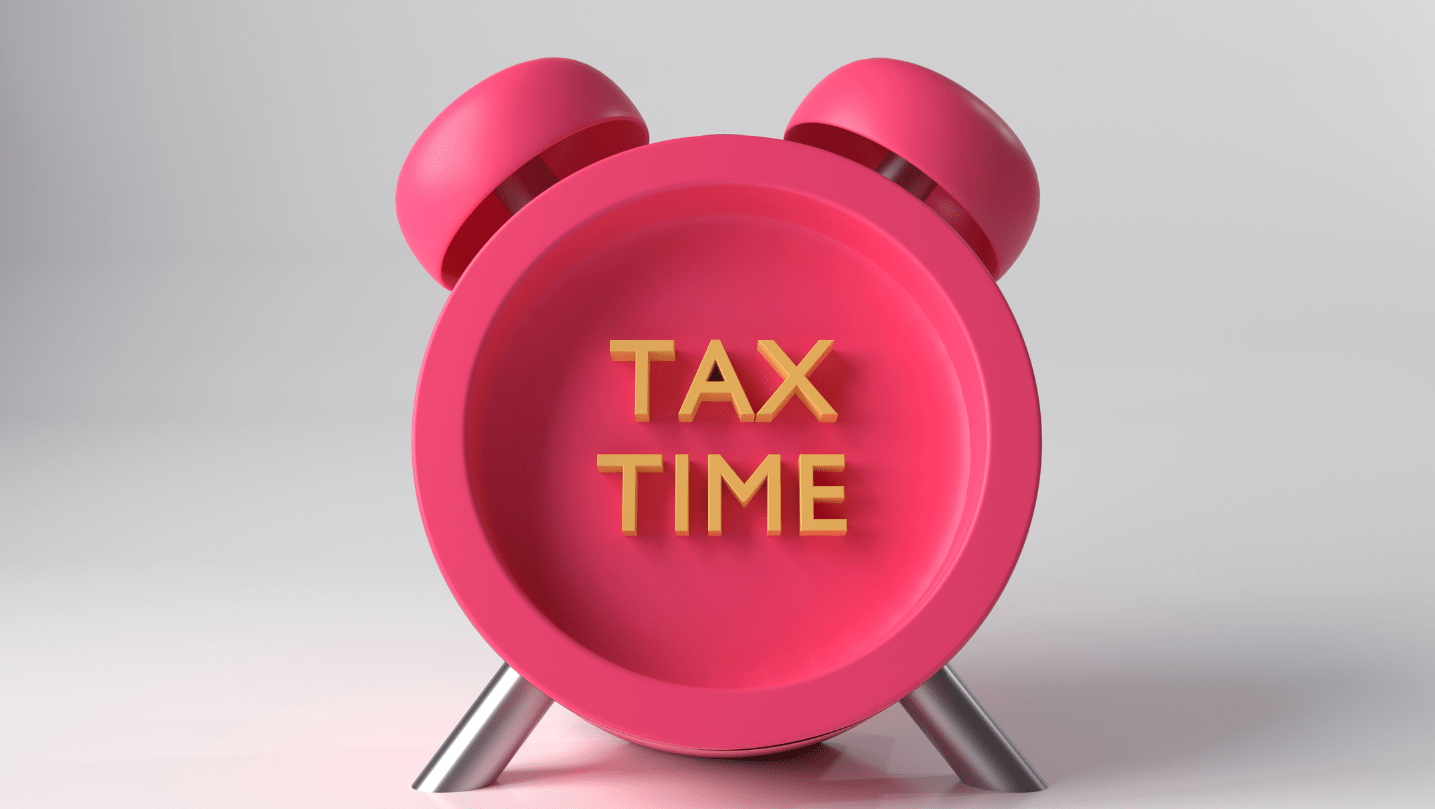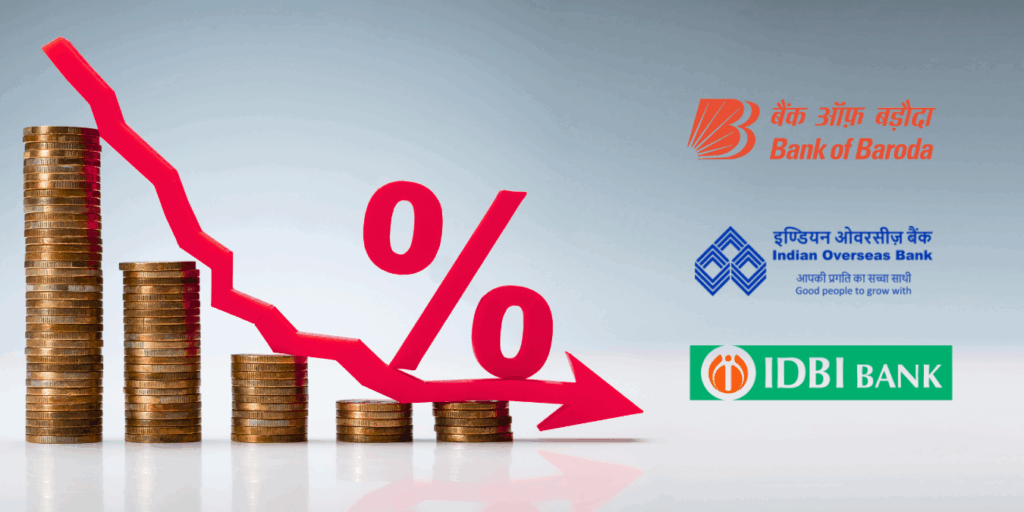
“Wondering if Form 16 is necessary for ITR filing? Learn how to file your Income Tax Return without Form 16 using Form 26AS, AIS, and other documents. Get step-by-step guidance, latest updates for 2023, and expert tips to ensure hassle-free tax compliance. Read now!”
Filing Income Tax Returns (ITR) is a crucial annual activity for every taxpayer in India. It ensures compliance with tax laws and helps avoid penalties. One of the most common documents associated with ITR filing is Form 16. But is Form 16 mandatory for filing your ITR? What happens if you don’t have it? In this comprehensive guide, we’ll explore everything you need to know about Form 16, its importance, and the steps to take if you don’t have it.
What is Form 16?
Form 16 is a certificate issued by an employer to their employees under Section 203 of the Income Tax Act, 1961. It serves as proof of the tax deducted at source (TDS) from the employee’s salary. Form 16 contains detailed information about the employee’s salary, deductions, and the amount of TDS deposited with the government.
Form 16 is divided into two parts:
- Part A: Includes details like the employer’s and employee’s PAN, TAN, employment period, and summary of TDS deducted and deposited.
- Part B: Provides a breakdown of the salary, exemptions, deductions under Chapter VI-A (like Section 80C, 80D, etc.), and the taxable income.
Visa, MasterCard, or RuPay? RBI Gives You the Power to Pick Your Card Network
The GST Burden: Why Insurance Feels Out of Reach!
Why Cash Credit and Overdraft Are India’s Financial Lifelines: Which Is Right for You?
Cancel For Any Reason (CFAR) Travel Insurance: Stress-Free Travel
Is Form 16 Necessary for ITR Filing?
While Form 16 simplifies the ITR filing process by providing a clear summary of salary, deductions, and taxes paid, it is not mandatory. You can still file your ITR without Form 16 by using other documents and information sources.
Why Form 16 is Important:
- Simplifies ITR Filing: Pre-filled ITR forms are available based on Form 16, making the filing process easier.
- Ensures Accuracy: Reduces errors in reporting income and tax deductions.
- Required for Loans: Many banks and financial institutions require Form 16 as proof of income when processing loans.
- Claiming Refunds: Essential for claiming tax refunds if excess TDS has been deducted.
Who Issues Form 16?
Form 16 is issued by employers to their employees if TDS has been deducted from their salary. If your salary is below the taxable limit or no TDS has been deducted, your employer is not obligated to issue Form 16.
What to Do If You Don't Have Form 16?
If you don't have Form 16, you can still file your ITR by using alternative documents and information sources. Here are the steps you can follow:
- Collect Salary Slips:
- Use your monthly salary slips to calculate your total salary for the financial year.
- Ensure that you include all components like basic salary, HRA, special allowances, etc.
- Refer to Form 26AS:
- Form 26AS is a consolidated tax statement available on the Income Tax Department's portal.
- It provides details of TDS credited to your PAN, including salary, interest income, and other sources.
- Use Annual Information Statement (AIS):
- AIS offers a detailed view of your income sources, including salary, dividends, and interest.
- Verify the information in AIS to ensure accuracy.
- Check Bank Statements:
- Use your bank statements to track income and tax deductions.
- Ensure that all transactions are accounted for.
- Calculate Deductions:
- Calculate deductions under various sections like 80C, 80D, etc., based on your investments and expenses.
- Use receipts and statements to support your claims.
- File ITR Online:
- Use the Income Tax Department's e-filing portal to file your ITR.
- Ensure that all details match with Form 26AS and AIS to avoid discrepancies.
Consequences of Not Filing ITR Due to Lack of Form 16
Some taxpayers delay or avoid filing their ITR because they don’t have Form 16. However, this can lead to serious consequences:
- Penalties: The Income Tax Department can impose a penalty of up to ₹5,000 for late filing or non-filing of ITR.
- Loss of Refunds: If you’re eligible for a tax refund, you won’t receive it unless you file your ITR.
- Difficulty in Loan Applications: Banks and financial institutions often require ITR receipts as proof of income for loans or credit cards.
- Legal Issues: Non-compliance with tax laws can result in notices or legal action from the Income Tax Department.
Tips for Filing ITR Without Form 16
- Double-Check Your Calculations: Since you won’t have Form 16 to cross-verify, ensure your income and tax calculations are accurate.
- Use Online Tools: Platforms like ClearTax, Tax2Win, and the Income Tax Department’s e-Filing portal offer tools to simplify ITR filing.
- Keep Records: Maintain a file of all your financial documents, including salary slips, investment proofs, and bank statements.
- Seek Professional Help: If you’re unsure about the process, consult a Chartered Accountant (CA) or tax advisor.
Common Issues and Solutions
- Employer Delay or Negligence:
- If your employer delays issuing Form 16, contact the HR or finance department.
- If the delay persists, use salary slips and Form 26AS to file your ITR.
- No TDS Deducted:
- If no TDS was deducted due to income being below the taxable limit, Form 16 may not be issued.
- In such cases, compile income from all sources and file your ITR accordingly.
- Change in Employment:
- If you changed jobs during the financial year, ensure that you include income from all employers.
- Use salary slips and Form 26AS to compile the necessary information.
Form 16 is a valuable document that simplifies the ITR filing process, but it is not mandatory. By using alternative documents like salary slips, Form 26AS, AIS, and bank statements, you can accurately file your ITR even without Form 16. Ensure that all details are accurate and match with the information available on the Income Tax Department's portal to avoid any discrepancies.
Filing your ITR on time is crucial to avoid penalties and ensure compliance with tax regulations. If you face any issues, seek assistance from a tax professional or use the resources available on the Income Tax Department's e-filing portal.
By following the steps outlined in this blog post, you can confidently file your ITR even if you don't have Form 16.
Frequently Asked Questions
1. Can I file ITR without Form 16?
- Yes, you can file your ITR without Form 16 by using alternative documents like salary slips, Form 26AS, and AIS.
2. What if my employer hasn’t issued Form 16?
- If your employer hasn’t issued Form 16, you can file a complaint with the Income Tax Department or use Form 26AS to file your ITR.
3. Is Form 16 required for freelancers or self-employed individuals?
- No, Form 16 is only for salaried individuals. Freelancers and self-employed individuals can use Form 16A (for TDS on non-salary income) or other documents to file their ITR.
4. Can I file ITR if I have multiple Form 16s?
- Yes, if you’ve changed jobs during the financial year, you’ll receive multiple Form 16s. You’ll need to consolidate the details from all forms to file your ITR.
5. What is the deadline for filing ITR?
- For most individuals, the deadline for filing ITR is July 31st of the assessment year. However, the deadline may vary for certain categories of taxpayers.































